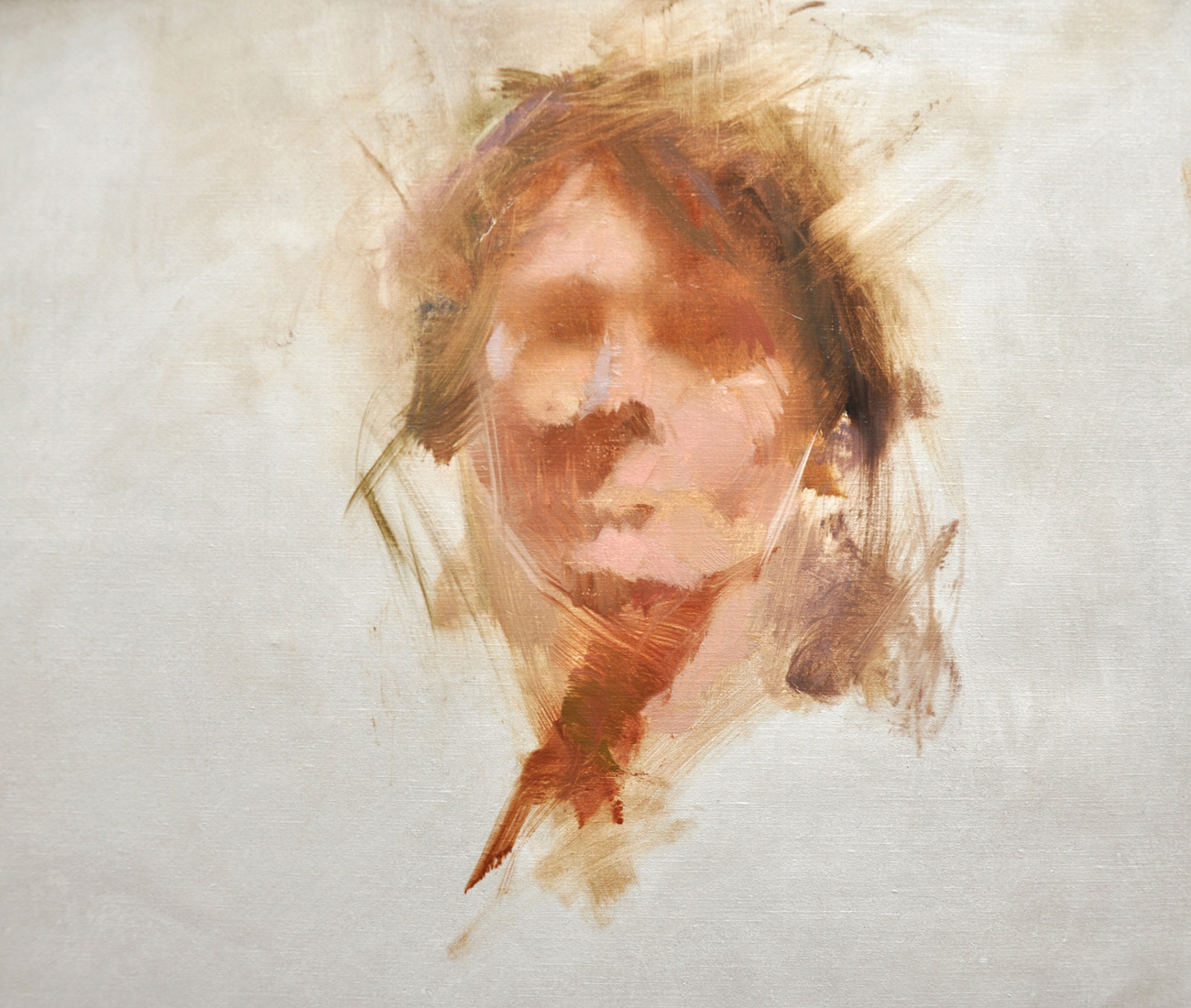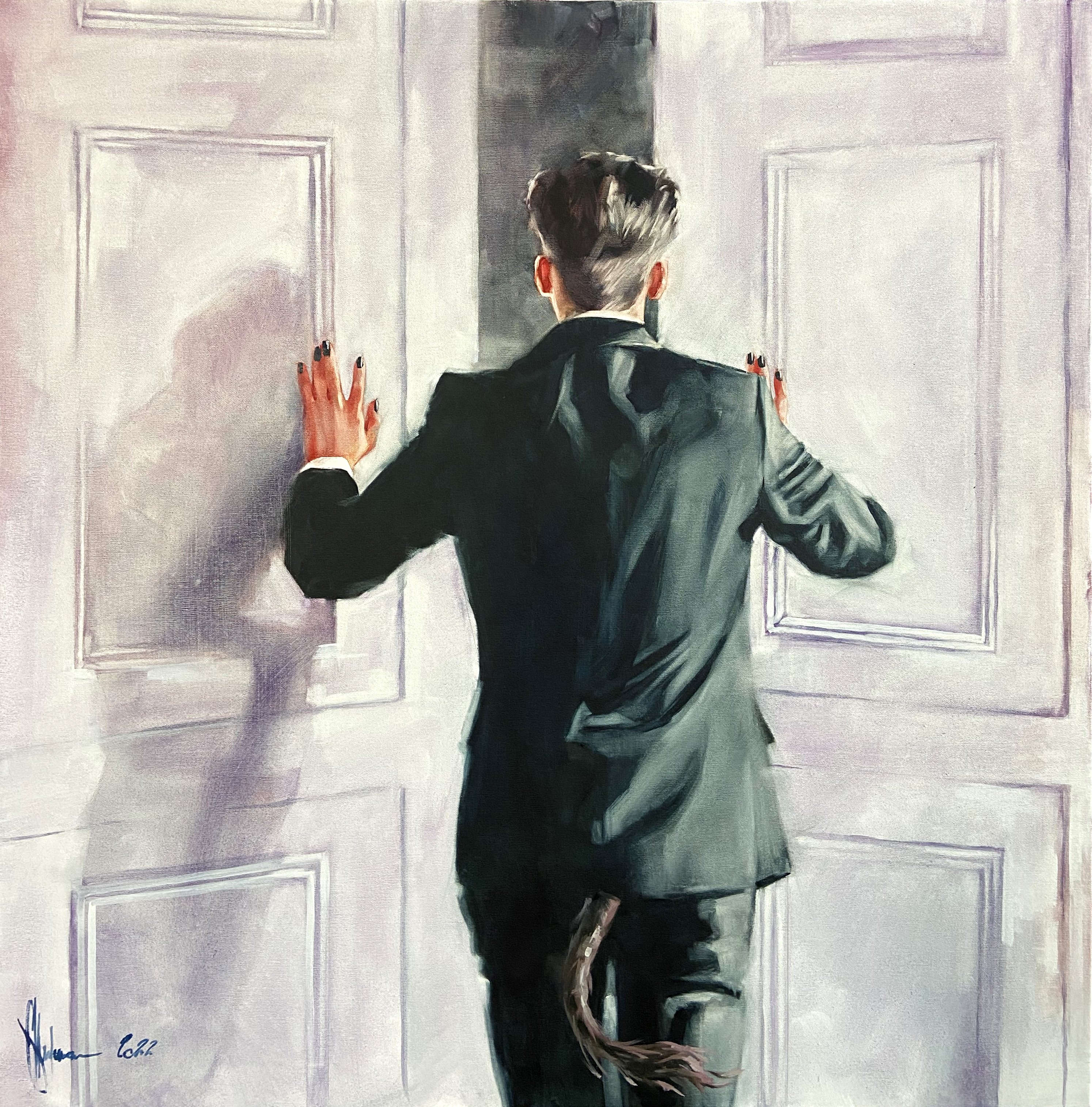Figurative Oil Painting: From Concept to Canvas - A Step-by-Step Strategy
Figurative Oil Painting: From Concept to Canvas - A Step-by-Step Strategy
Blog Article
Understanding the Art of Figurative Oil Paint: Essential Tips and Techniques for Aspiring Artists
Figurative oil paint stands for an intricate crossway of method and analysis, requiring an extensive understanding of human makeup, make-up, and color concept. An exploration of color harmony and structure strategies can significantly enhance the visual impact of their work.

Recognizing Human Composition
Recognizing human makeup is fundamental for any type of artist aiming to grasp metaphorical oil painting. A detailed understanding of the human kind makes it possible for musicians to develop natural depictions that reverberate with visitors. Expertise of physiological structures, such as joints, bones, and muscle mass, gives essential insight right into exactly how the body relocations and presents.
Artists must familiarize themselves with the proportions of the human number, consisting of the partnership between various body components and just how these proportions vary throughout sexes and ages. This awareness enables exact scaling and perspective in their job. Additionally, comprehending the underlying musculature enhances the capability to show movement and stress in a number, resulting in an extra compelling and vibrant structure.
Studying makeup also helps in identifying subtle subtleties in stance and expression, which are crucial for sharing feeling and story within a painting. Resources such as physiological books, life illustration sessions, and online tutorials can be important devices for artists seeking to deepen their anatomical expertise. Ultimately, grasping human makeup not only improves technological ability however additionally improves an artist's creative vision, enabling them to bring their figurative oil paints to life with credibility and deepness.
Significance of Structure

Secret principles of composition consist of equilibrium, unity, and focal points. Attaining balance guarantees that no solitary aspect bewilders the others, while unity creates a feeling of harmony throughout the piece. Prime focus accentuate significant facets of the art work, permitting audiences to involve with the narrative or motif a lot more deeply.
In addition, using leading lines and the guideline of thirds can considerably boost structure. Leading lines normally direct the viewer's gaze with the paint, while the regulation of thirds gives a structure for placing crucial elements in a visually enticing fashion. By mastering structure, striving artists can boost their metaphorical oil paints, transforming them into engaging visual stories that reverberate with their audience.
Learning Color Theory
Color theory works as a fundamental element of figurative oil painting that enhances the principles of composition. Understanding the color wheel, which consists of key, additional, and tertiary shades, is important for developing harmonious schemes and efficient visual stories.
Secret concepts such as worth, tone, and saturation play a critical function in establishing the state of mind and influence of a painting. Musicians must check out warm and awesome shades to evoke details feelings; cozy shades commonly communicate energy and interest, while amazing shades can convey calmness and harmony.
The connection informative post in between complementary more helpful hints shades-- those opposite each various other on the color wheel-- can produce striking contrasts and dynamic compositions. When juxtaposed, these colors improve each other's vibrancy, attracting the viewer's eye and including deepness to the artwork.
Additionally, recognizing comparable shades allows musicians to attain a sense of unity and comprehensibility. By picking shades that are adjacent on the wheel, one can maintain a well balanced environment throughout the item.
Ultimately, mastering color concept outfits striving musicians with the devices necessary to adjust color purposefully, boosting their capacity to communicate feeling and narrative with metaphorical oil painting. figurative oil painting.
Techniques for Structure
A selection of strategies can efficiently develop appearance in figurative oil paint, including deepness and measurement to the artwork. One fundamental technique is making use of impasto, where thick layers of paint are applied to the canvas, permitting a three-dimensional high quality. This technique improves light interaction, producing vibrant visual interest.
An additional approach is scumbling, which involves using a thin layer of lighter paint over a dried important site out darker layer. This strategy allows the underlying shade to reveal via, leading to a soft, distinctive effect that can stimulate a feeling of ambience or age. Dry brushing is likewise important; using a dry brush with minimal paint, artists can create delicate structures and fine lines, perfect for catching the nuances of skin or fabric.
Additionally, combination blades can be employed to apply or scrape paint, generating special patterns and structures. Explore different devices and products, such as sponges or dustcloths, can even more improve the textural high quality of a paint. Inevitably, understanding these strategies requires technique and trial and error, permitting musicians to discover the varied tactile qualities that can raise their metaphorical works.
Developing Your Distinct Design
An artist's one-of-a-kind design is commonly the culmination of personal experiences, influences, and techniques refined over time. Creating this originality in figurative oil painting needs a mindful effort to check out both your inner self and the broader creative landscape. Begin by assessing the motifs and topics that resonate with you mentally; your interest will instill authenticity into your work.
Research numerous styles and movements, yet instead of copying, remove elements that talk with you - figurative oil painting. Experiment with different methods, shade palettes, and compositions, enabling on your own the freedom to play without the pressure of perfection. Keep a sketchbook or journal to record your ideas, concepts, and imaginative development; this will certainly act as a valuable source for recognizing recurring preferences and motifs
Seek useful comments from mentors or peers, as they can provide insights that illuminate aspects of your work you might forget. Be person with on your own; the journey of creating a distinct style is ongoing, progressing with each brushstroke and every canvas you encounter.

Conclusion
Grasping figurative oil paint necessitates a thorough understanding of human anatomy, make-up, and color theory. Embracing these fundamental concepts will dramatically profit striving musicians on their creative trip.
Figurative oil paint represents a complicated crossway of strategy and interpretation, requiring a comprehensive comprehension of human makeup, composition, and color theory. An expedition of shade harmony and texture strategies can substantially improve the visual impact of their job. By mastering composition, aspiring musicians can elevate their metaphorical oil paintings, changing them into compelling visual tales that reverberate with their target market.
Experiment with various methods, shade palettes, and structures, enabling on your own the liberty to play without the stress of perfection.Grasping metaphorical oil paint necessitates a detailed understanding of human anatomy, composition, and color theory.
Report this page